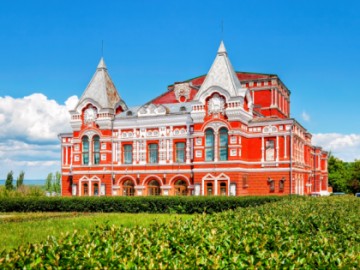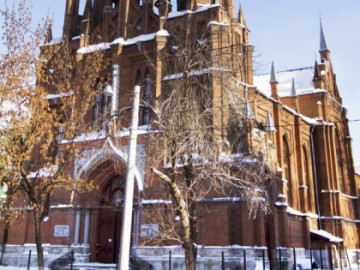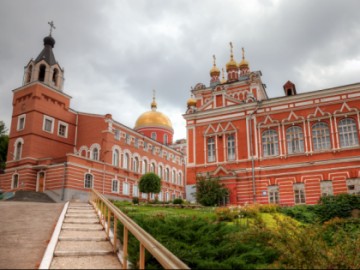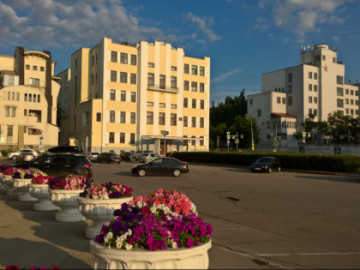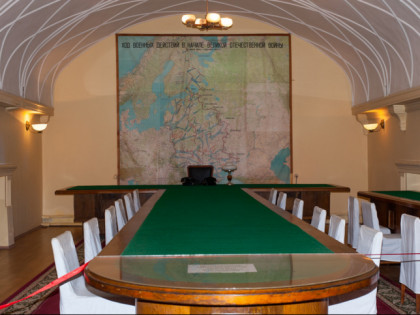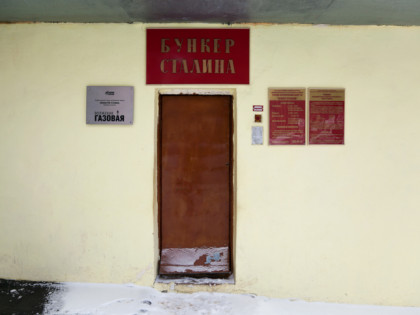Stalin's Bunker: Five Days under the Ground
Stalin's Bunker is the most impressive of all the bunkers of the Great Patriotic War period. The reserve shelter for the General Headquarters of the Armed Forces of the USSR in Samara has a depth of 37 meters. In order to get to the bunker’s top floor, it is necessary to overcome 192 stairs. In case of emergency, up to 600 people could shelter here!
Stalin's Bunker was built in 1942 under the Kuibyshev Regional Committee Building, after a secret decree had been issued by the USSR State Defense Committee "On the evacuation of Soviet capital of Moscow to the city of Kuybyshev". Its construction design repeated the configuration of the "Airport" Moscow metro station. Building operations were carried out by Moscow and Kharkov subway builders, as well as the Donbas miners - total of over three thousand workers of different qualifications.
Having entered the Regional Committee Building, it was possible to go down the bunker by stairs and using the elevator. The aggregates and mechanisms, which ensured the functioning of the bunker, were located on the top floor, which in case of danger could be overlapped by steel thermal doors. The bunker was equipped with autonomous air-regeneration systems and a power station. All this stays operational up to now.
The lower floor of the bunker houses a meeting room for 115 people and a recreation room for Stalin, on the order of the Kremlin office. The architects did their best for those in the bunker did not feel like in a dungeon. For example, the niches in the walls of Stalin's private office, which imitated windows, were draped with a light blue silk, and the conference-room ceiling was decorated with a fan-shaped pattern, symbolizing the parachute lines, so that people there felt the protection of the dome above them. The floors above were intended for the guard, various services and warehouses. Due to the 3- and 1-meter-thick concrete "caps" with a sand layer in between them, which coated the bunker, this building could withstand even the most powerful aerial bomb strike. Various engineering systems were able to guarantee the autonomy of the bunker for up to five days.
It is not known whether Stalin had ever used this bunker: according to official data, he did not leave the capital during the war. However, given the fact that his daughter Svetlana was in evacuation in Kuybyshev, he could probably visit her, stopping in the bunker. Today, Stalin's Bunker is a world-famous museum, which you can get in by pre-booking a group tour.


















